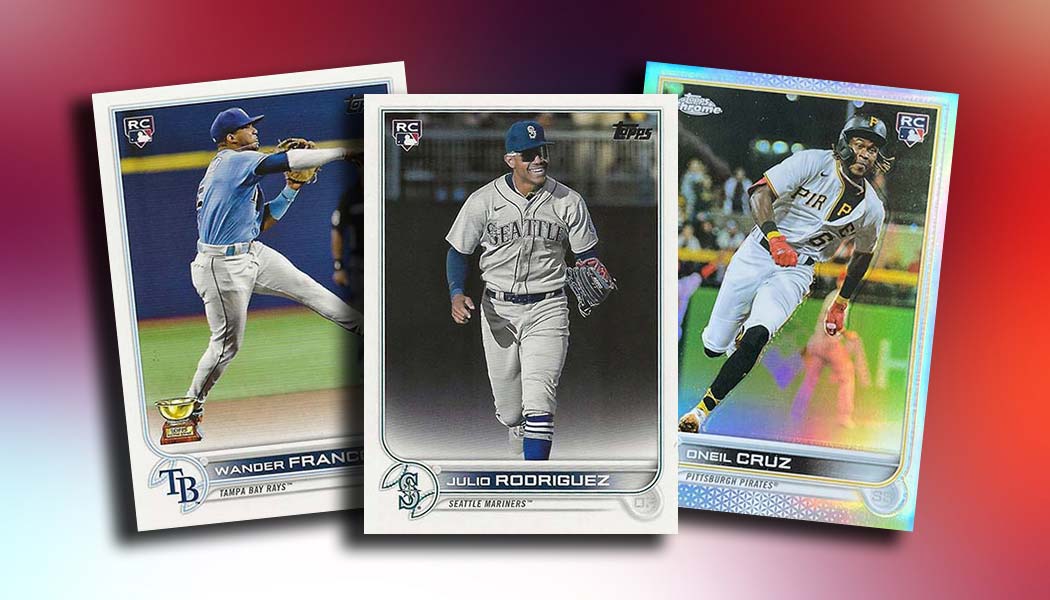
The Evolution of Baseball Card Collecting
Baseball card sets have captivated collectors for generations, reflecting the history and evolution of the sport. From their early beginnings in the late 19th century, these collectibles have transformed from simple promotional items to highly sought-after treasures. Initially, tobacco companies included baseball cards in their packaging as a marketing strategy, leading to some of the most valuable vintage cards today. Over time, gum and candy manufacturers followed suit, introducing new designs, player statistics, and artwork that enhanced the appeal of collecting.
Modern baseball card sets feature a variety of innovations, including limited edition prints, holographic designs, and autographed inserts. The shift from cardboard to premium glossy stock has added durability and aesthetic appeal, making contemporary collections even more enticing. As technology continues to evolve, digital baseball cards have also emerged, providing collectors with new ways to engage with their favorite players and teams. The blend of tradition and innovation ensures that the hobby remains a dynamic and exciting pursuit.
Iconic Baseball Card Sets Throughout History
Several baseball card sets have left a lasting impact on the hobby, defining different eras and shaping the collecting experience. The T206 series, produced between 1909 and 1911, remains one of the most revered vintage collections, featuring the legendary Honus Wagner card, which is among the rarest and most valuable. Moving into the mid-20th century, the 1952 Topps set revolutionized the industry by introducing a standardized card size, player biographies, and team logos. This release included the famous Mickey Mantle rookie card, which continues to set records at auctions.
The 1980s and 1990s saw a boom in baseball card production, with brands like Fleer, Donruss, and Upper Deck entering the market. While this period led to mass production and over-saturation, it also introduced collectors to key rookie cards of future Hall of Famers. More recent sets have focused on exclusivity, featuring numbered parallels, game-worn memorabilia, and autographs that cater to high-end collectors. The legacy of these influential sets continues to drive interest in both vintage and modern baseball cards.
Strategies for Building a Valuable Baseball Card Collection
Collecting baseball card sets requires a mix of passion, knowledge, and strategic decision-making. Understanding the value of different sets, player popularity, and card conditions can help collectors make informed choices. Rarity plays a significant role in determining a card’s worth, with low-print runs and special editions often commanding higher prices. Grading services evaluate the condition of cards, providing a standardized scale that impacts market value. Cards rated in near-mint or pristine condition generally hold more appeal for serious collectors.
Market trends influence which baseball card sets gain prominence over time. While rookie cards and Hall of Fame players consistently attract interest, emerging stars can also create spikes in demand. Staying informed about player performance and industry developments can guide purchasing decisions. Diversifying a collection by acquiring a mix of vintage classics and modern releases offers both historical significance and potential future value. Whether collecting for nostalgia or investment purposes, thoughtful curation ensures a rewarding experience.
Preserving Baseball Cards for Long-Term Value
Proper care and storage are essential for maintaining the condition and value of baseball card sets. Exposure to sunlight, humidity, and dust can cause fading and deterioration, making protective measures crucial. Using high-quality sleeves, binders, and cases helps prevent damage while allowing easy organization and display. Temperature-controlled environments further safeguard against warping and discoloration, ensuring that prized cards retain their original quality.
Handling cards with clean hands and minimal direct contact reduces the risk of surface wear and fingerprints. Professional grading and encapsulation provide an added layer of protection, offering authentication and long-term preservation. Whether storing individual cards or complete sets, attention to detail ensures that collections remain in optimal condition for future generations of collectors to appreciate.




